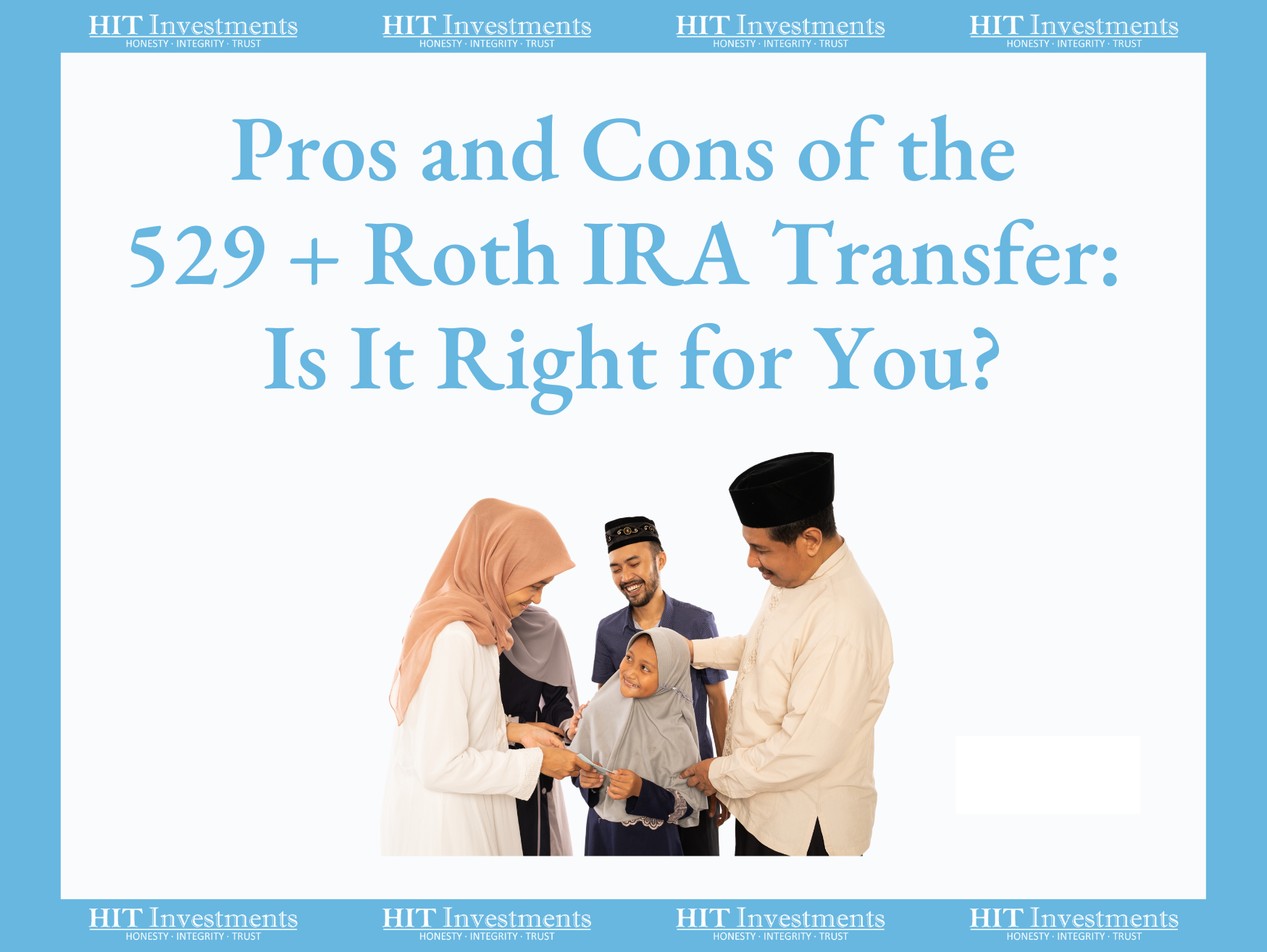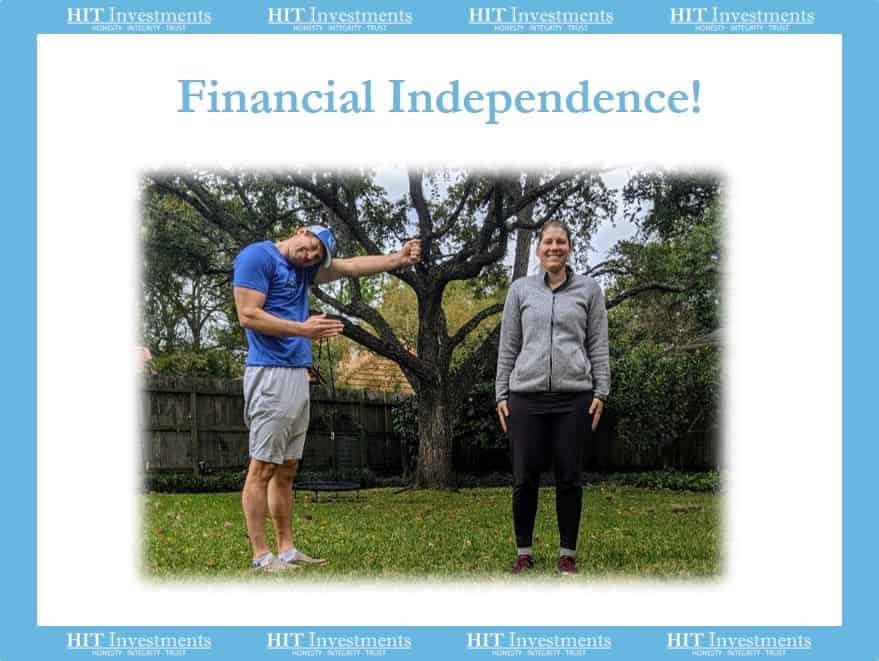529 plans haven’t received much love from me in the past, mainly because they don’t compete with their Roth IRA counterparts. However, thanks to the SECURE 2.0 Act of 2022, you can now use 529’s to fund both your favorite person’s education and their Roth IRA.
If you aren’t familiar with Roth IRA’s be sure to check out my posts Fund Your Roth and Roth vs. Traditional. And if you need more information don’t hesitate to reach out to Kristin or me. If you’re a US citizen subject to taxes, you can benefit from a Roth.
Benefits of Investing in a 529 Plan:
- Roth IRA Transfer (🎉New Option🎉): Contribute $35,000 to the beneficiaries Roth IRA in 15 years. (More on the transfer stipulations below)
- Tax Advantages: Contributions to these plans are made with after-tax dollars, but the earnings grow tax-free, and qualified withdrawals are also tax-free.
- Flexible Use: 529 plans aren’t limited to just tuition expenses. They can be used for various qualified education expenses, including room and board, books, and even some K-12 expenses.
- State Tax Benefits: Many states offer tax deductions or credits for contributions made to their own state’s 529 plan.
- High Contribution Limits: 529 plans typically have high contribution limits making them suitable for a wide range of savers, from those just starting to save to those with substantial earning power.
Drawbacks of Investing in a 529 Plan:
- Complexity: You need an account for each beneficiary, adding an extra layer of tracking and management outside of your core portfolio.
- Limited Investment Options: While 529 plans offer a range of investment choices, you’re limited to the options within the plan. This lack of flexibility may not appeal to investors who prefer more control over their investments (like I do).
- Penalties for Non-Qualified Withdrawals: Withdrawing funds from a 529 plan for non-qualified expenses can result in taxes and a 10% penalty on the earnings portion of the withdrawal.
- Impact on Financial Aid: Money held in a parent-owned 529 plan is generally considered a parental asset for financial aid purposes, which may affect the amount of aid the child receives.
- State-Specific Plans: Each state operates its own 529 plan, and the benefits and features can vary. If you relocate to a different state, you may lose access to the same tax benefits or incentives.
In conclusion, a 529 plan can be a valuable tool to save for someone else’s educational expenses and retirement while potentially earning you a state tax advantage. However, it’s essential to weigh the benefits against the drawbacks, such as limited investment options, added complexity, penalties for non-qualified withdrawals, and its Roth IRA transfer stipulations. If you are interested in the Roth IRA transfer stipulations I listed out a summary below.
529 to Roth Transfer Stipulations
If your goal in opening a 529 is to fund someone’s Roth, ensure you are comfortable with the following stipulations:
- The beneficiary can transfer a lifetime maximum of $35,000 into their Roth
- The 529 account must have been in existence for 15 years
- No contributions or earnings on contributions from the last five years can be transferred
- The transfers are subject to annual Roth IRA contribution limits








Leave A Comment